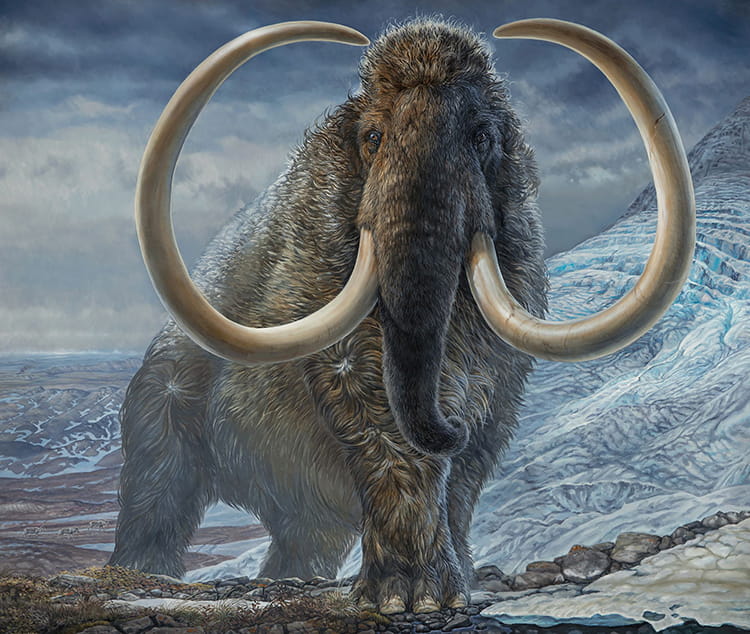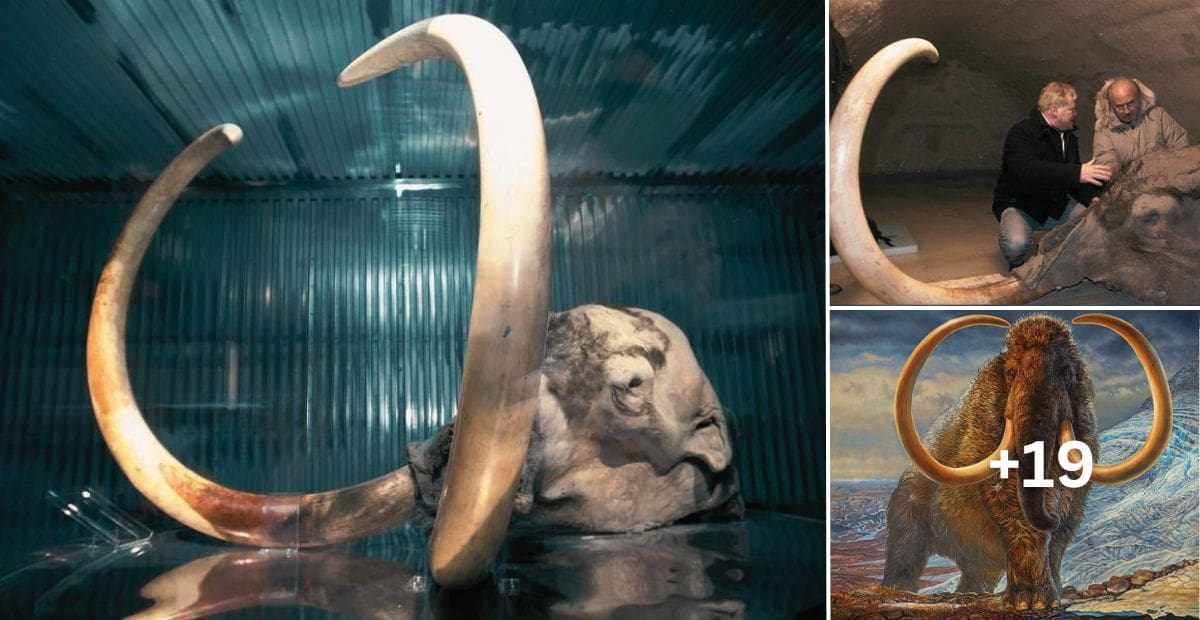Million-year-old DNA from mammoth teeth found in Siberia is the oldest genome ever sequenced
Scientists have retrieved DNA from mammoths that had lain in the Siberian permafrost for over a million years, in an elephantine leap forward for the study of ancient DNA.
The previous record was held by a horse who lived three-quarters to half a million years ago, whose genome was retrieved and analyzed in 2013.
Analysis of the whole genomes from two mammoths dating to more than 1.2 million years, and one that died “only” 900,000 years ago, showed there had been two distinct mammoth lineages in northern Siberia over a million years ago, Tom van der Valk and Love Dalén of the Swedish Center for Paleogenetics with colleagues reported in Nature on Wednesday. The two mammoth lineages may not even have been the same species

Dr. Victoria Herridge isn’t exactly an archaeologist, she’s actually a paleontologist who specializes in ancient elephant species.
She chose to highlight a paper published in Nature last February that reported the successful sequencing of DNA retrieved from mammoth teeth found in permafrost in Siberia. DNA is more than a million years old and is the oldest DNA to ever be successfully sequenced.
The discovery challenges the previously held theory that there were only one mammoth species in Siberia at the time, instead showing multiple genetic lineages. The researchers spoke with NPR’s All Things Considered last February.

However, for Herridge, it was the age of the DNA that got her most excited, which has broad implications for paleontology, archaeology and a number of adjacent fields, she said.
Herridge said this DNA was especially valuable because the last million years were a key period for understanding the course of mammal evolution.
She points out that while the cold conditions of the permafrost helped preserve the DNA, the sheer age of the samples is groundbreaking nonetheless.
“It shows that you can get genetic information way, way, way further back in time than we previously thought was possible.”
Herridge made sure to highlight one of the paper’s co-authors, Patrícia Pečnerová, whose ingenious lab techniques made sequencing the DNA possible.

Aficionados would note that there was also a dwarf mammoth, a mere 1.7 meters (5 feet, 7 inches) tall at the shoulder. It lived on the Channel Islands of California and descended from the Columbian mammoth. It isn’t included in this genetic study.
It is frustrating for fans of elephant lines to know that we almost got to know them. Mammoths were still widely found from Spain to Alaska until 15,000 years ago, then disappeared from most areas – apparently due to predation and warming. One group on St. Paul Island in Alaska hung on until 5,600 years ago, and the last population of all, cut off from the mainland by rising sea levels on Wrangel Island in the Arctic Ocean, died out just 4,000 years ago.




